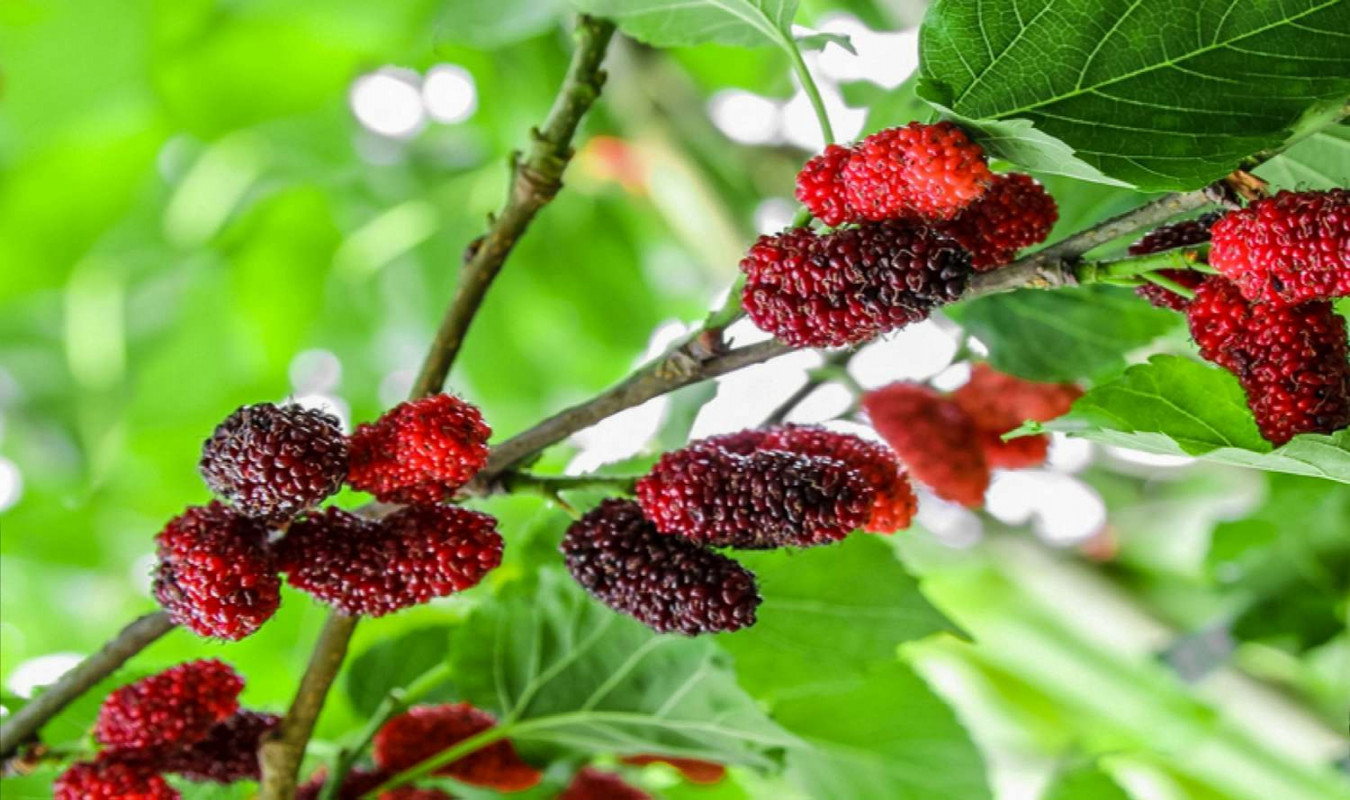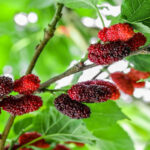Mulberry Tree Plant: Everything You Need to Know
What do you mean by Mulberry Tree Plant?
Mulberry trees are deciduous trees that belong to the Moraceae family. They are known for their sweet and juicy fruits, which are often used in jams, pies, and desserts. These trees are native to Asia, Europe, and North America, and are widely cultivated for their delicious fruits and ornamental value.
How to plant a Mulberry Tree?

Planting a mulberry tree is relatively easy and can be done in either the spring or fall. Start by choosing a sunny location with well-drained soil. Dig a hole that is twice as wide and just as deep as the root ball of the tree. Place the tree in the hole and backfill with soil, making sure to water it well. Mulberry trees are drought-tolerant once established, so be sure to water regularly until then.
What is known about Mulberry Tree Plant?
Mulberry trees are known for their fast growth rate and can reach heights of up to 30 feet. They have large, heart-shaped leaves that turn a beautiful yellow in the fall. The fruits of the mulberry tree are typically dark purple or black when ripe and are sweet and juicy with a mild flavor. These fruits are high in Vitamin C and other antioxidants, making them a healthy snack option.
Solution for growing Mulberry Tree Plant?
To ensure a healthy and thriving mulberry tree, it is important to provide adequate sunlight, water, and nutrients. Mulberry trees prefer full sun, so be sure to plant them in a location that receives at least 6-8 hours of sunlight per day. Water the tree regularly, especially during dry spells, and fertilize it with a balanced fertilizer in the spring. Prune the tree in the winter to remove any dead or damaged branches and to promote healthy growth.
Information about Mulberry Tree Plant
Mulberry trees are adaptable and can grow in a variety of soil types, as long as they are well-drained. They are also relatively pest and disease resistant, making them a low-maintenance tree for the home garden. Mulberry trees are self-pollinating, so you only need one tree to produce fruit. However, planting multiple trees can increase your fruit yield.
Benefits of Mulberry Tree Plant
There are many benefits to growing a mulberry tree in your garden. Not only do they produce delicious fruits that can be enjoyed fresh or in a variety of dishes, but they also provide shade and beauty to your landscape. Mulberry trees are also a favorite food source for birds and wildlife, making them a great addition to any garden ecosystem.
How to care for Mulberry Tree Plant
Caring for a mulberry tree is relatively simple once it is established. Water the tree regularly, especially during dry spells, to ensure that the soil remains moist. Fertilize the tree in the spring with a balanced fertilizer to promote healthy growth and fruit production. Prune the tree in the winter to remove any dead or damaged branches and to shape the tree as desired.
Common problems with Mulberry Tree Plant
While mulberry trees are relatively pest and disease resistant, there are a few common problems that can occur. Powdery mildew, scale insects, and root rot are the most common issues that mulberry trees may face. To prevent these problems, be sure to plant the tree in a well-drained location and provide proper care and maintenance.
Conclusion
In conclusion, mulberry trees are a beautiful and productive addition to any garden. With their delicious fruits, fast growth rate, and low maintenance requirements, they are a great choice for both experienced and novice gardeners. By following the tips outlined in this article, you can successfully grow and care for a mulberry tree in your own garden.
Frequently Asked Questions
1. How long does it take for a mulberry tree to bear fruit?
It can take 2-3 years for a mulberry tree to start bearing fruit, depending on the variety and growing conditions.
2. Can I grow a mulberry tree in a container?
Yes, mulberry trees can be grown in containers, but they may not reach their full size or produce as much fruit as those grown in the ground.
3. Are mulberry trees messy?
Mulberry trees can be messy, as they drop leaves and fruit throughout the growing season. Regular pruning and clean-up can help minimize the mess.
4. Are mulberry trees invasive?
Some varieties of mulberry trees can be invasive in certain areas, so be sure to check with your local extension office before planting one in your garden.
5. Can I eat mulberries straight from the tree?
Yes, mulberries can be eaten fresh from the tree and are delicious on their own or in a variety of dishes.
